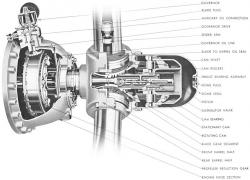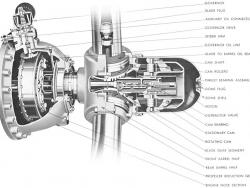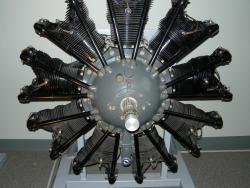Aircraft engines, considered unreliable during the first 20 years of aviation due to their need for liquid-cooling, heavy weight and other inconsistencies, were given a revolutionary boost with the development of Pratt & Whitney’s R-1340 Wasp Radial Engine in 1925.
06096


Bradley Intl. AirportWindsor LocksState: CTZip: 06096Country: USAWebsite: http://www.asme.org/about-asme/history/landmarks/topics-a-l/air-and-space-transportation/-149-hydromatic-propeller-%28ca--1938%29, http://files.asme.org/ASMEORG/Communities/History/Landmarks/5572.pdfCreator: Hamilton Standard
Rapid development of aircraft design in the 1930s required many related innovations, including propeller design. The hydromatic propeller by Hamilton Standard marked a significant advance over the counterweight-type, controllable pitch propeller. The first test flight of the prototype took place in 1938: the public demonstration was made by a United Air Lines DC-3 over New York City on April 6, 1938. It played a distinguished role in allied combat aircraft in World War II.
Innovations

Rapid development of aircraft design in the 1930s required many related innovations, including propeller design. The hydromatic propeller by Hamilton Standard marked a significant advance over the counterweight-type, controllable pitch propeller. The first test flight of the prototype took place…
Read More
Aircraft engines, considered unreliable during the first 20 years of aviation due to their need for…
Read More

